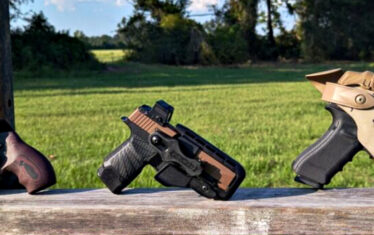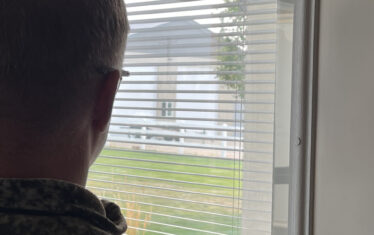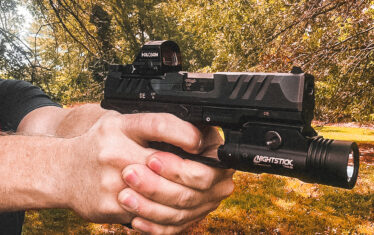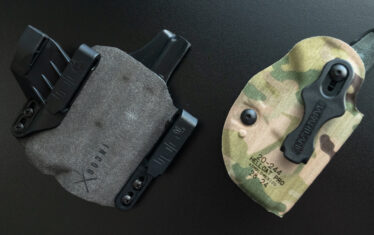Many shooters regard the legendary 1911 as one of the greatest firearms of all time. No matter how far the industry progresses, there will always be devotees who speak of the classic pistol with deep reverence.
Say what you will about the 1911’s limited capacity, quirky grip safety, or the .45 ACP cartridge it traditionally fires. One thing that I’ve never heard anyone criticize is this pistol’s trigger. It’s one of John Browning’s greatest triumphs.
But what makes it so special (or is it special at all)? To get to the bottom of the lore, you need to understand the ins and outs of what makes a gun go bang.
Trigger Mechanisms Explained
There’s a lot more to a trigger than the piece of plastic or metal you put your index finger on. The components you can’t see are what really make a difference, and not all pistols work the same way.
Single Action
You can trace the roots of single-action triggers to the earliest firearms. Whether you’re talking about a 1911 or a black powder revolver, the concept is the same: the trigger’s only function is to release a sear and allow a spring-operated hammer to fall forward. In other words, when you use a single-action trigger you’re not asking it to do anything; you’re asking it to stop doing something.
For this reason, single-action triggers are famously crisp, light, and consistent.
Double Action
Double-action triggers do multiple jobs. This is convenient but it complicates things internally because the mechanism has to cock the hammer in addition to releasing it. On revolvers, it has to rotate the cylinder, too. The result is a long, heavy, and perhaps inconsistent pull that requires more skill to shoot accurately than a single-action trigger.
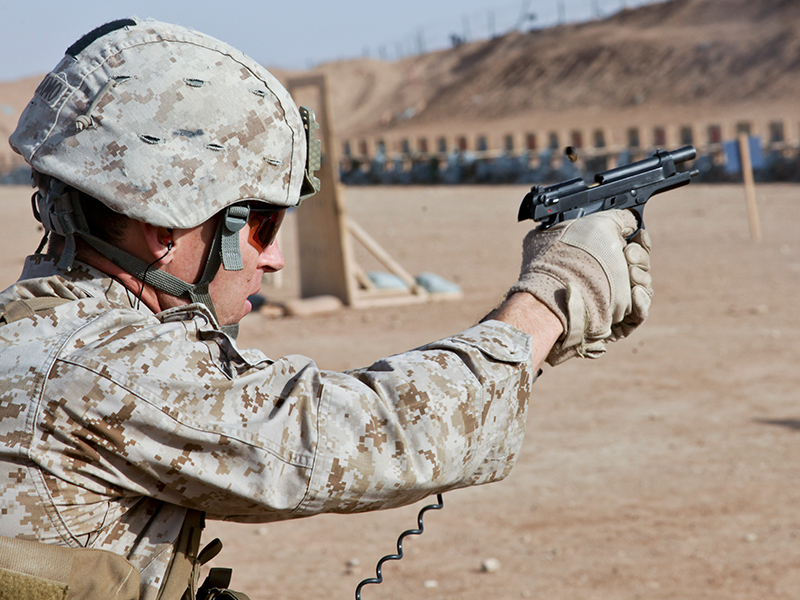
Some handguns, like the Beretta M9 which served as the U.S. military’s official sidearm for decades, use double action for the first shot and single action for subsequent shots (annotated as DA/SA). This eliminates the need to carry the pistol cocked and locked (with the hammer to the rear) but creates two trigger-pull experiences for the shooter to master.
Striker-Fire
Most modern pistols (think Sig Sauer P320, Smith & Wesson M&P9, and all Glocks) use a striker mechanism. This concept doesn’t have a hammer at all; once you chamber a round, the firing pin itself is under direct spring tension until the trigger releases it.
The majority of striker-fired pistols don’t offer the refinement of a single-action trigger but I consider them superior to double-action triggers. Based on current market trends, the industry agrees. They’re also nearly indestructible.
Look Inside The 1911
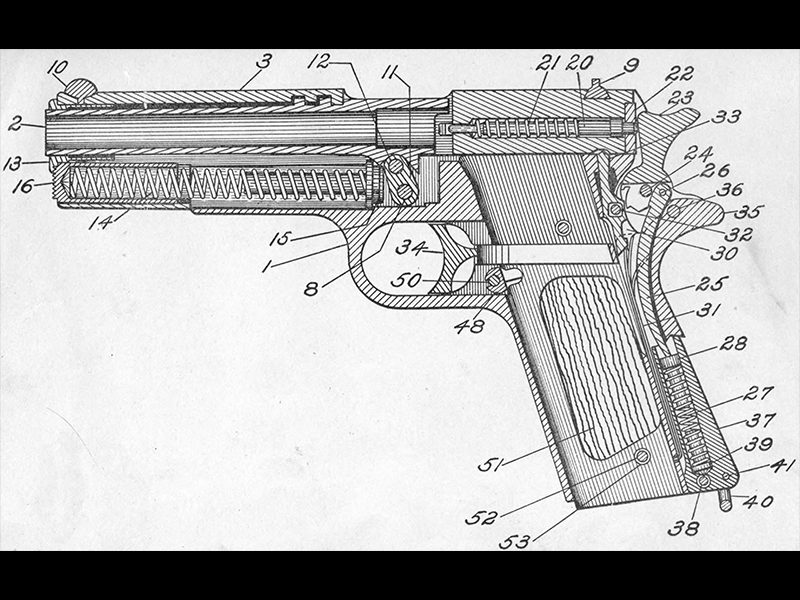
The 1911 design is beautifully simple. There’s a trigger, sear, sear spring, hammer, disconnector, and a few pieces of hardware to hold it all together. Few components mean few variables, surfaces, and interactions to control.
Additionally, the design uses a straight-pull trigger instead of a top-hinged trigger like we see almost everywhere else. That provides a linear, natural-feeling path for your finger to follow.
There are two manual safeties on the 1911, but it’s still best practice to keep the trigger protected when holstered. There are quality 1911 holsters to cover everything from CCW to duty pistols.
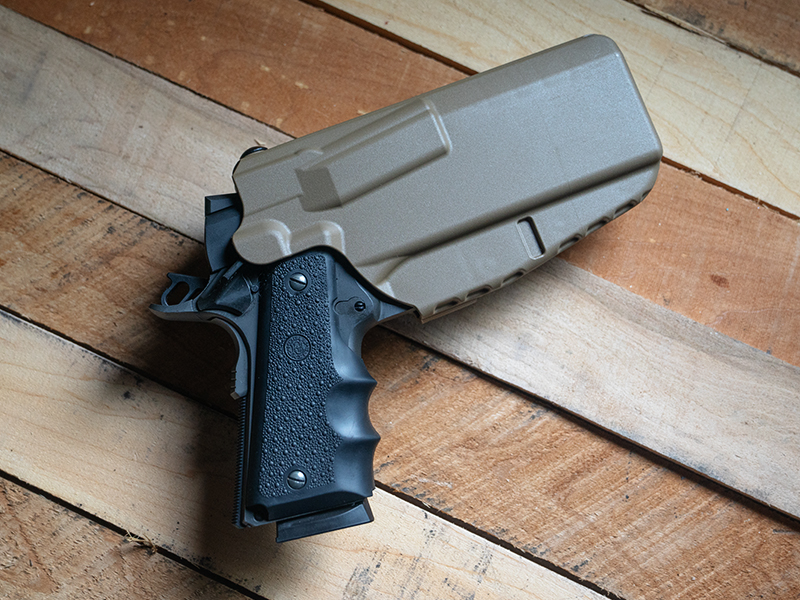
Servicing the 1911 trigger is best left to specialists who understand the design’s nuances because a tiny slip-up can have drastic repercussions. A good gunsmith can work wonders with a 1911 trigger.
If you don’t want to go to a gunsmith and have a few basic tools, you can purchase an enclosed unit like the Drop-In Trigger System from Nighthawk Custom.
Shooting a 1911
So it’s a good design; but what does that mean for you? Once you flick the thumb safety off, the trigger gives you several advantages over other designs.
It’s light. Since the trigger releases tension rather than applying it, manufacturers can make the pull light without much trouble. Gunsmiths can make it even lighter. The less force you have to exert, the less muscle tension you’ll have in your hand to pull you off target.
It’s crisp. You’ve probably heard people talk about “creep” in a trigger. That sensation is no good because you can never be sure exactly when the shot will break. A good trigger will hit a firm, sudden wall before it breaks — cleanly and with no mush.
It’s short. One of the first things an uninitiated shooter will notice is the tiny distance a 1911 trigger travels. It’s more of a button than a trigger. The same goes for reset; the trigger might only need to move about an eighth of an inch before you feel and hear a hard reset telling you it’s ready to fire again.
It’s consistent. How can you shoot precisely if your trigger never behaves the same way twice? It’s simple: you can’t. The 1911 trigger offers the same experience every time with little to no deviation. That lets you get quality training reps that build familiarity and competence.
The 1911 Trigger: A Foolproof Design
The 1911 trigger is so inherently clean, simple, and elegant that any manufacturer with basic tooling can read the blueprints (now public domain) and turn out pretty good results. In fact, the earliest 1911s were not fancy collector-grade pistols, they were mass-produced sidearms for troops to carry into combat.
That’s part of the 1911’s appeal; even inexpensive examples like the Rock Island Armory 1911 GI Standard FS have a solid trigger.
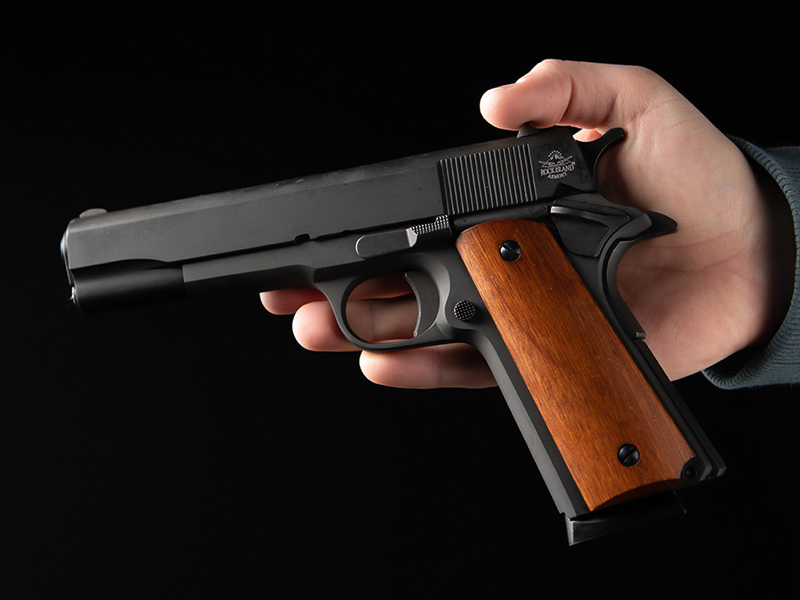
If you do have money to spend, the sky is the limit. Premium pistols from manufacturers like Wilson Combat and Kimber are famous for having exquisitely crafted triggers. I was lucky enough to review a Springfield 1911 TRP, and its Gen 2 Speed Trigger changed my perception of what triggers can feel like.
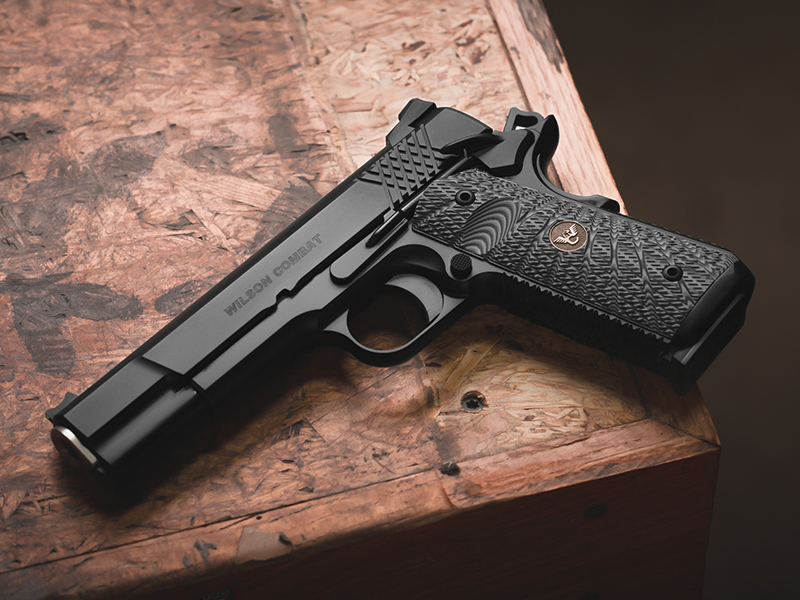
No matter which 1911 you choose to buy (and every American should own at least one), you’ll get to enjoy a historically good trigger. Never pass up an opportunity to brag about it.
